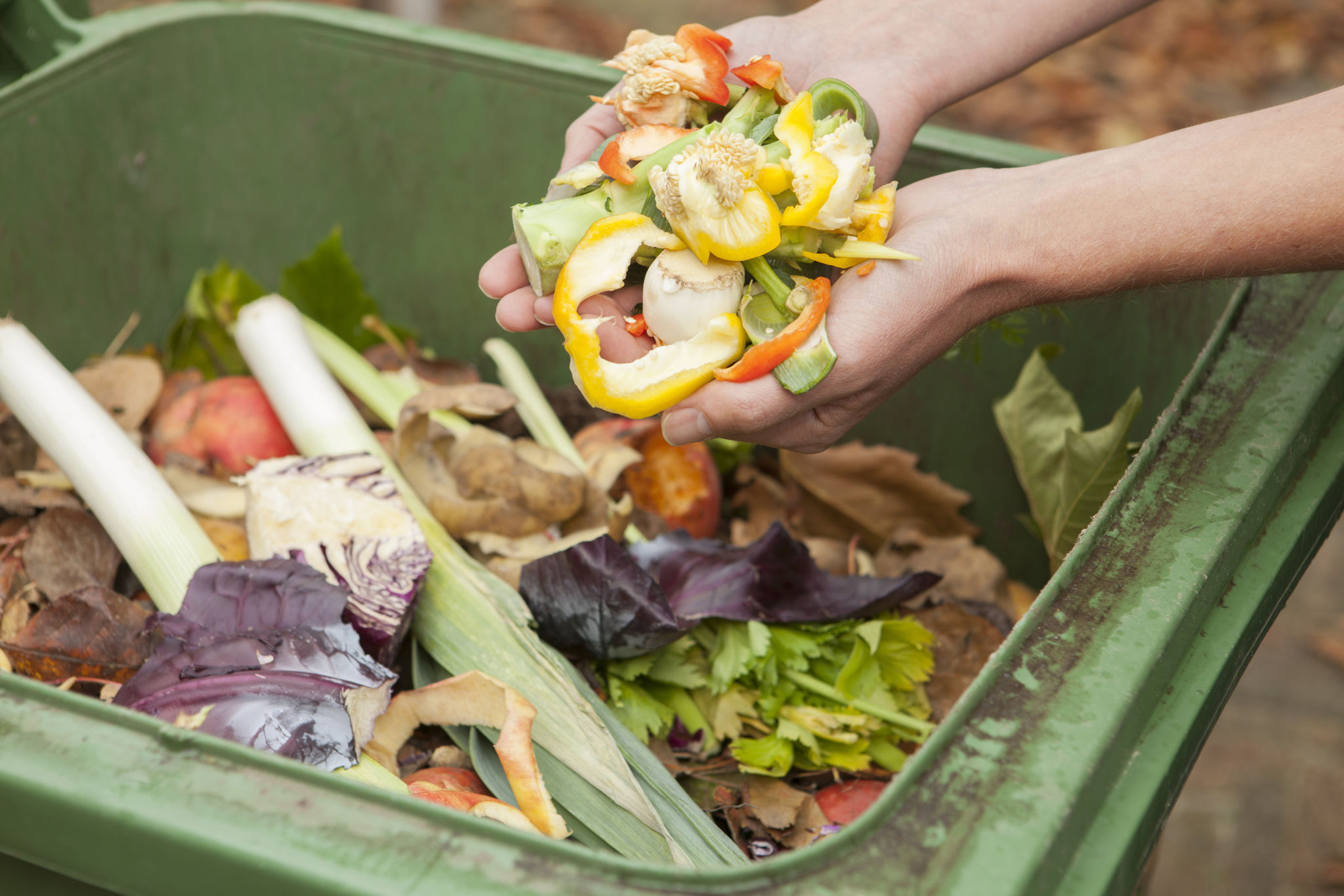Creating a Sustainable Garden in Pretoria: A Comprehensive Guide
Understanding Pretoria's Climate and Soil
Creating a sustainable garden in Pretoria starts with understanding the local climate and soil conditions. Pretoria, located in the northern part of South Africa, experiences a subtropical climate with hot, rainy summers and cool, dry winters. This climate is ideal for a wide variety of plants, but it's crucial to select species that are drought-resistant and can thrive in these conditions.
The soil in Pretoria is generally well-draining, which is beneficial for most plants. However, gardeners should consider testing their soil to determine its pH level and nutrient content. This information will help in selecting the right amendments to enhance soil fertility and structure.

Choosing the Right Plants
When it comes to sustainability, selecting native plants is key. Indigenous plants are adapted to the local climate and soil, requiring less water and maintenance. Some popular choices for a sustainable garden in Pretoria include the Aloe vera, Agapanthus, and Strelitzia. These plants are not only drought-tolerant but also attract local wildlife, such as birds and pollinators.
For those who wish to include vegetables in their garden, consider planting spinach, carrots, and tomatoes. These crops are well-suited to Pretoria's climate and can provide fresh produce throughout the year.
Water Conservation Techniques
Water conservation is a crucial aspect of sustainable gardening, especially in regions with variable rainfall. Implementing efficient watering systems such as drip irrigation can significantly reduce water usage. Mulching is another effective technique; by covering the soil with organic material like straw or wood chips, you can retain moisture and suppress weeds.

Making Use of Rainwater
Harvesting rainwater is an excellent way to ensure a sustainable water supply for your garden. Installing rain barrels or tanks to collect runoff from roofs can provide a significant amount of water for irrigation purposes. It's a simple yet effective strategy that complements other water-saving techniques.
Soil Health and Composting
Maintaining healthy soil is fundamental to a thriving garden. Incorporating organic matter such as compost can improve soil structure, enhance nutrient availability, and promote beneficial microbial activity. Composting at home not only provides a free source of organic fertilizer but also reduces household waste.
Consider starting a compost bin or pile in your garden. Adding kitchen scraps like vegetable peels, coffee grounds, and eggshells, along with garden waste such as leaves and grass clippings, will create rich compost in a few months.

Encouraging Biodiversity
A sustainable garden supports biodiversity by providing habitats for various species. Integrate different plant types to create layers of vegetation that cater to different wildlife needs. Incorporating flowering plants can attract pollinators like bees and butterflies, while shrubs and trees offer shelter for birds.
Building a small pond or water feature can further boost biodiversity by providing a habitat for amphibians and insects. Ensure these features are designed with safety in mind, especially if children or pets have access to the garden.
Regular Maintenance for Sustainability
Maintaining a sustainable garden requires regular attention. Pruning plants to encourage healthy growth, removing invasive species, and monitoring for pests are essential tasks. Use natural pest control methods like introducing beneficial insects or using homemade sprays made from garlic or neem oil.

By following these guidelines, gardeners in Pretoria can create beautiful, sustainable gardens that are both environmentally friendly and rewarding. Embracing these practices contributes to local biodiversity and resource conservation while providing a personal haven of tranquility and productivity.